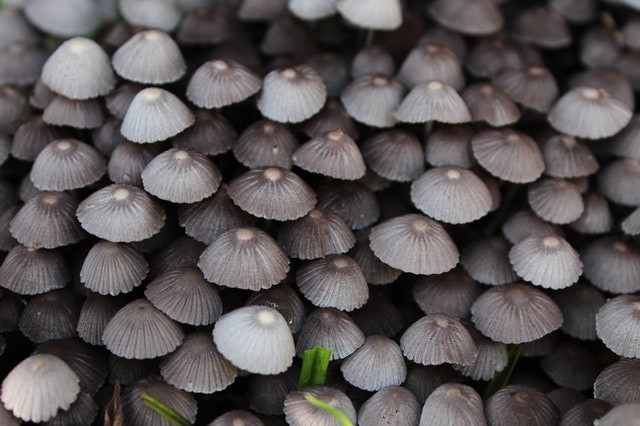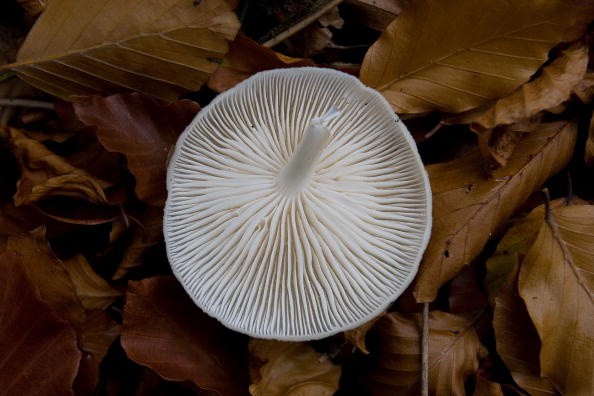Lately, many people recovering from COVID-19 have been affected by black fungus (mucormycosis) disease.

Mucormycosis
The fungus takes over the sinus and finds its way into the intracranial and intraorbital regions. It could lead to the death of 50-80% of patients If the development of this fungus is not checked early. Both authors are plant biologists that have an interest in fungi.
When mucormycosis was first heard sometime last year, from Europe reports, it rang a bell. People encounter fungi usually in their kitchens when the bread becomes moldy or fruits rot. Fungi developed 400 million years ago and play a crucial role on Earth.
They have assisted plants to relocate from their aquatic habitats to land, and still aid them get access to minerals from the soil. Fungi decompose organic litter and reprocess the nutrients confined in the leaves and wood.S ome of them have also developed to become pathogens of plants: they infect plants, generate and spread to other plants, leaving them with destruction in their wake.
Phytophthora infestans
The 1845 great Irish famine that left a million people dead was caused by the fungus Phytophthora infestans, which cleared out the staple potato crop of the country. While fungal diseases are familiar among plants, only a very small part of them attack humans. One basis is that animals, both humans, have developed complex immune systems.
However, when another illness has breached the immune system, fungi that are otherwise not harmful make use of the opportunity and they invade human tissues. These are referred to as opportunistic infections. Even so, fungi hardly cause diseases that are life-threatening, unlike their pathogenic bacterial counterparts.
A few fungi such as the Candida yeast, can at times kick off a severe infection. Candida inhabits the skin and inside the vagina, mouth, and throat of healthy persons, and it lives there without causing any problems. But if the body of the host has been exhausted by another disease or drugs, it can lead to vaginal infections, oral thrush, and diaper rash.

Mucoralean Fungi
The Mucoralean fungi are not too problematic. They include the genuses of Rhizopus and Mucor. These are molds that are ever-present occurring in the soil, animal dung, compost, rotting plant material, and wood. You may have sighted them as the black growth on bread and fruits that have lasted for long.
In general, Mucoralean fungi are the initial colonizers of decaying or dead plant material. They quickly utilize the insufficient amount of simple carbohydrates available before other fungi appear for the more complex carbohydrates, like cellulose.
Just like most fungi, Mucor makes millions of microscopic dark-hued, spherical, structures known as spores, which spread in the air. When the spores fall on moist surfaces, like plant or soil material, they start to germinate and manufacture thread-like structures known as mycelia. The mycelia branch out and consume sugars in their environment and then grow.
For more news, updates about the fungi and similar topics don't forget to follow Nature World News!
© 2025 NatureWorldNews.com All rights reserved. Do not reproduce without permission.





